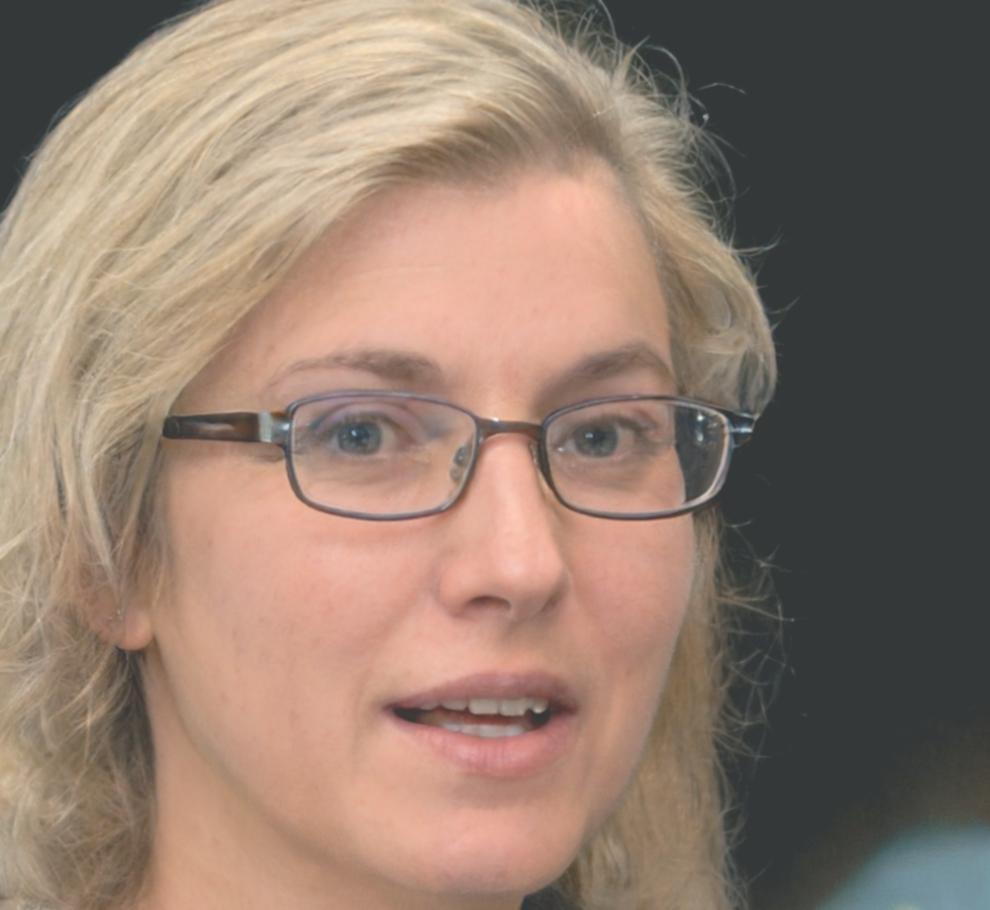Making Financial Education Work from Anywhere
Remote learning in financial modeling isn't about replacing face-to-face instruction. It's about building systems that actually fit into your life while you develop real analytical skills. We've spent three years figuring out what works when students aren't in the same room.

Different Ways to Learn Actually Matter
Some people absorb complex financial concepts better through videos they can pause and rewind. Others need live sessions where they can ask questions about discount rates or sensitivity analysis in real time.
We run both formats throughout the year because forcing everyone into one learning style just doesn't work. Our September 2025 cohort includes pre-recorded modules you can access anytime, plus weekly live sessions on Tuesday evenings Australian time.
The pre-recorded content covers technical foundations – Excel functions, valuation frameworks, financial statement modeling. Live sessions tackle messy real-world scenarios where there's no single right answer. You'll need both to actually build useful models.
What surprised us? Students who mix both formats tend to finish projects faster. Not because they're more talented, but because they can review tricky concepts on their own schedule, then get immediate feedback during live problem-solving sessions.
Schedule Options That Respect Your Actual Life
Financial modeling takes focused attention. We've designed three program structures so you can choose what matches your current situation in 2025.
Evening Track
Two 90-minute sessions per week, 6:30-8:00 PM AEST. Runs for 16 weeks starting October 2025. Built for people working full-time who need their mornings and afternoons free.
Weekend Intensive
Saturday sessions 9:00 AM-1:00 PM AEST. Covers the same material in 12 weeks starting November 2025. Works if you travel for work or have unpredictable weekday schedules.
Self-Paced Core
Access all materials immediately with optional monthly check-ins. Complete within 6 months from your start date. Best if you're between jobs or managing family commitments.
Adapting Content to Your Background
Not everyone arrives with the same foundation. Someone with accounting experience needs different support than an engineer transitioning into finance roles.
- Initial assessment helps identify which modules you can move through quickly and which need more attention
- Industry-specific examples available for property, technology, resources, and retail sectors across Australia
- Advanced students can substitute elective modules focused on merger modeling or credit analysis
- Struggling with specific concepts? Book 30-minute one-on-one sessions with instructors at no extra cost
- Project topics chosen from your actual industry interests rather than generic case studies
This personalization isn't about making things easier. It's about removing irrelevant obstacles so you can focus on genuinely challenging material that builds practical capability.
Support Systems When You Hit Obstacles
Remote learning falls apart when students get stuck and can't find help quickly. We've built multiple ways to get unstuck because different problems need different solutions.
Technical Help Channel
Excel formula not working? Model producing weird results? Post screenshots in our dedicated channel. Most technical questions get responses within 2 hours during business days.
Our teaching assistants monitor this channel continuously. They're past students who recently completed the program and remember exactly where they struggled.
Concept Discussion Forums
When you're confused about why a certain valuation method applies to one situation but not another, that needs deeper conversation. Our forums archive these discussions so future students benefit from your questions.
Instructors respond with detailed explanations, often creating short supplementary videos that get added to the course library. Your confusion today becomes clearer instruction for everyone tomorrow.

I was trying to build a three-statement model at 11 PM and my cash flow statement wouldn't balance. Posted in the help channel expecting to wait until morning. Got a response in 20 minutes explaining the circular reference I'd created. That kind of support made remote learning actually viable.
Ingrid Pemberton, Financial Analyst, Brisbane

Building Real Models Remotely
The goal isn't to watch videos about financial modeling. It's to build functioning models that can inform actual business decisions. That requires hands-on practice with proper feedback.
Each module includes exercises where you build specific model components – revenue forecasts, debt schedules, working capital calculations. You submit these through our platform, and instructors review your work with comments directly in your spreadsheet.
This feedback loop happens within 48 hours. You see exactly where your logic breaks down or where you've made common mistakes. Then you revise and resubmit until the model works properly.
By the final project, you're building complete models with minimal guidance. That's when most students realize they've developed genuine capability rather than just theoretical knowledge.

Saskia Lindholm
Program CoordinatorWe redesigned the entire curriculum in 2024 after realizing remote students needed more structured feedback cycles. The change doubled completion rates because people could see their progress clearly and knew exactly what to improve.
